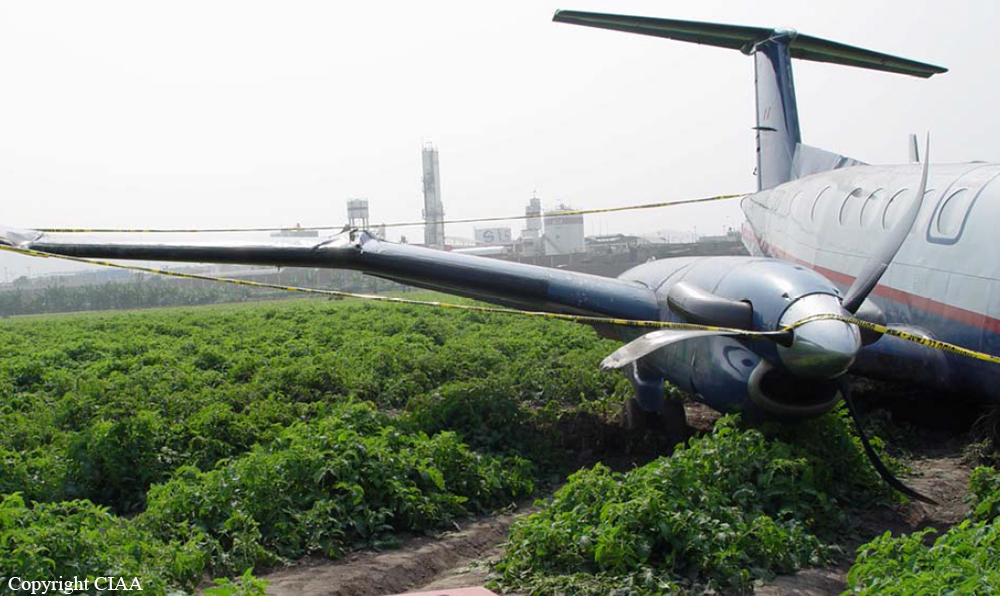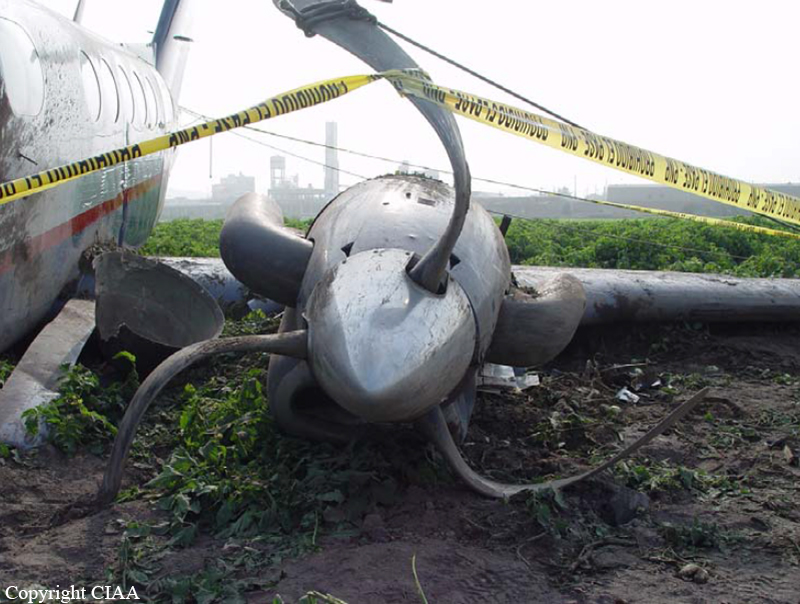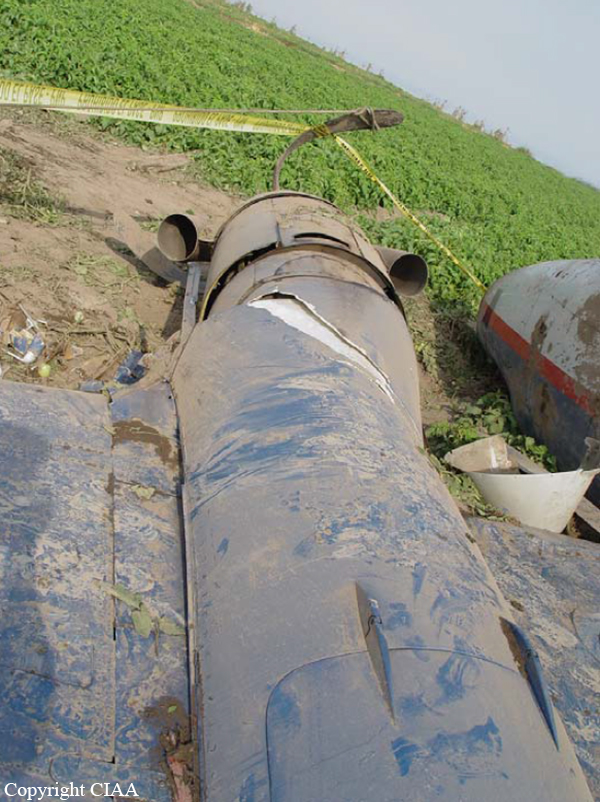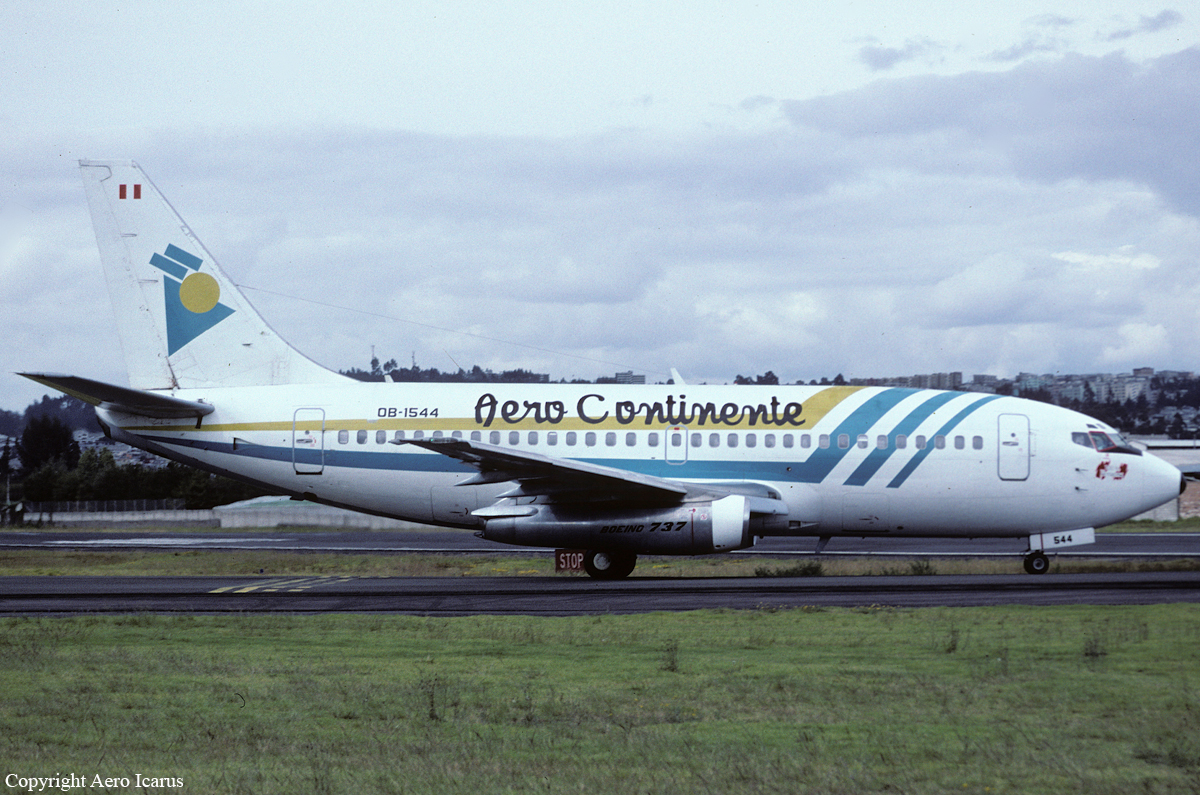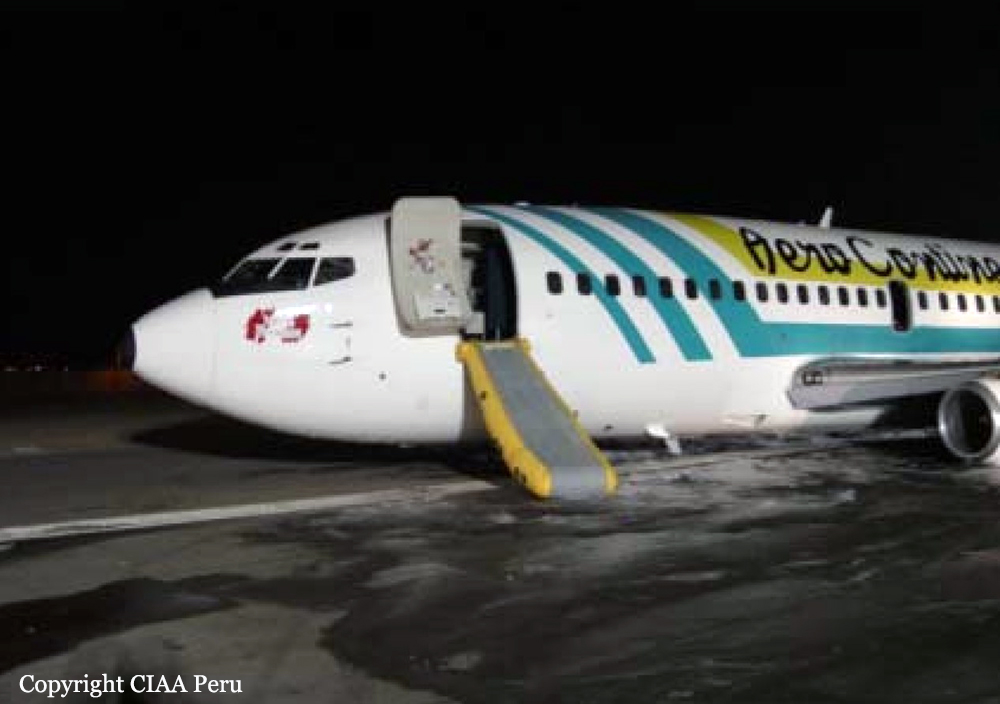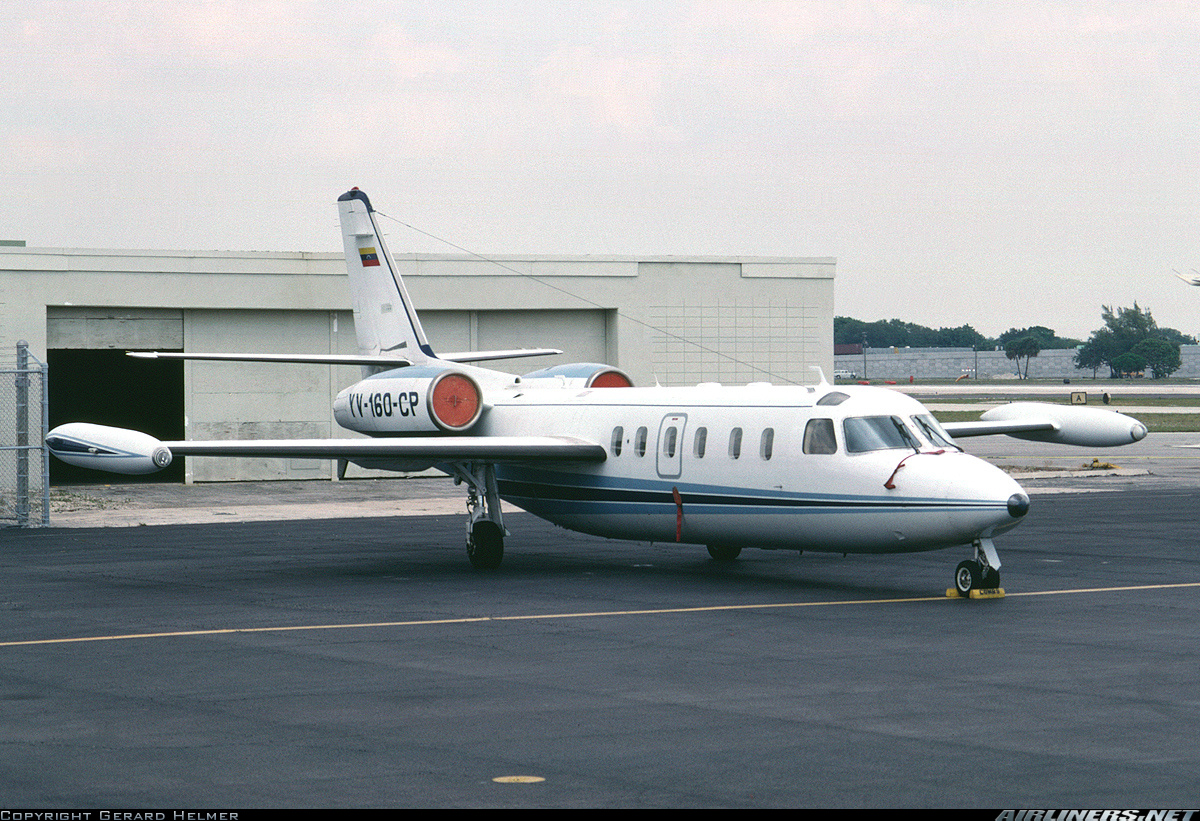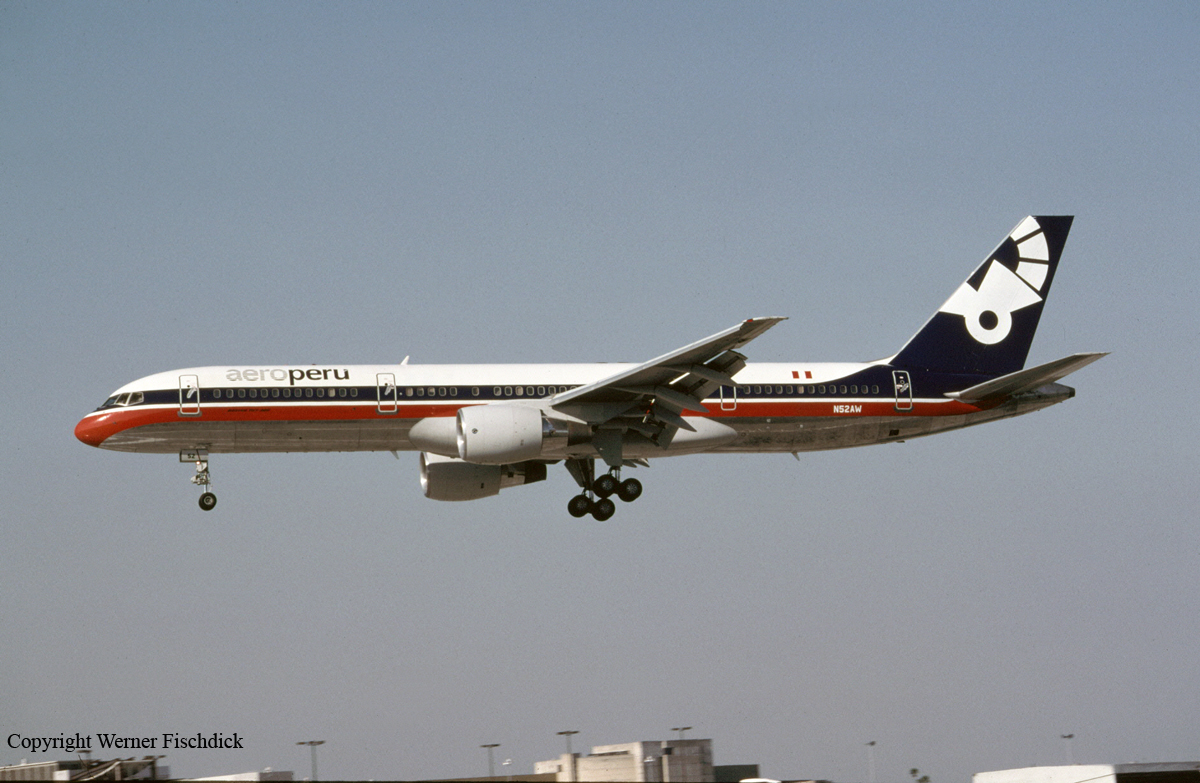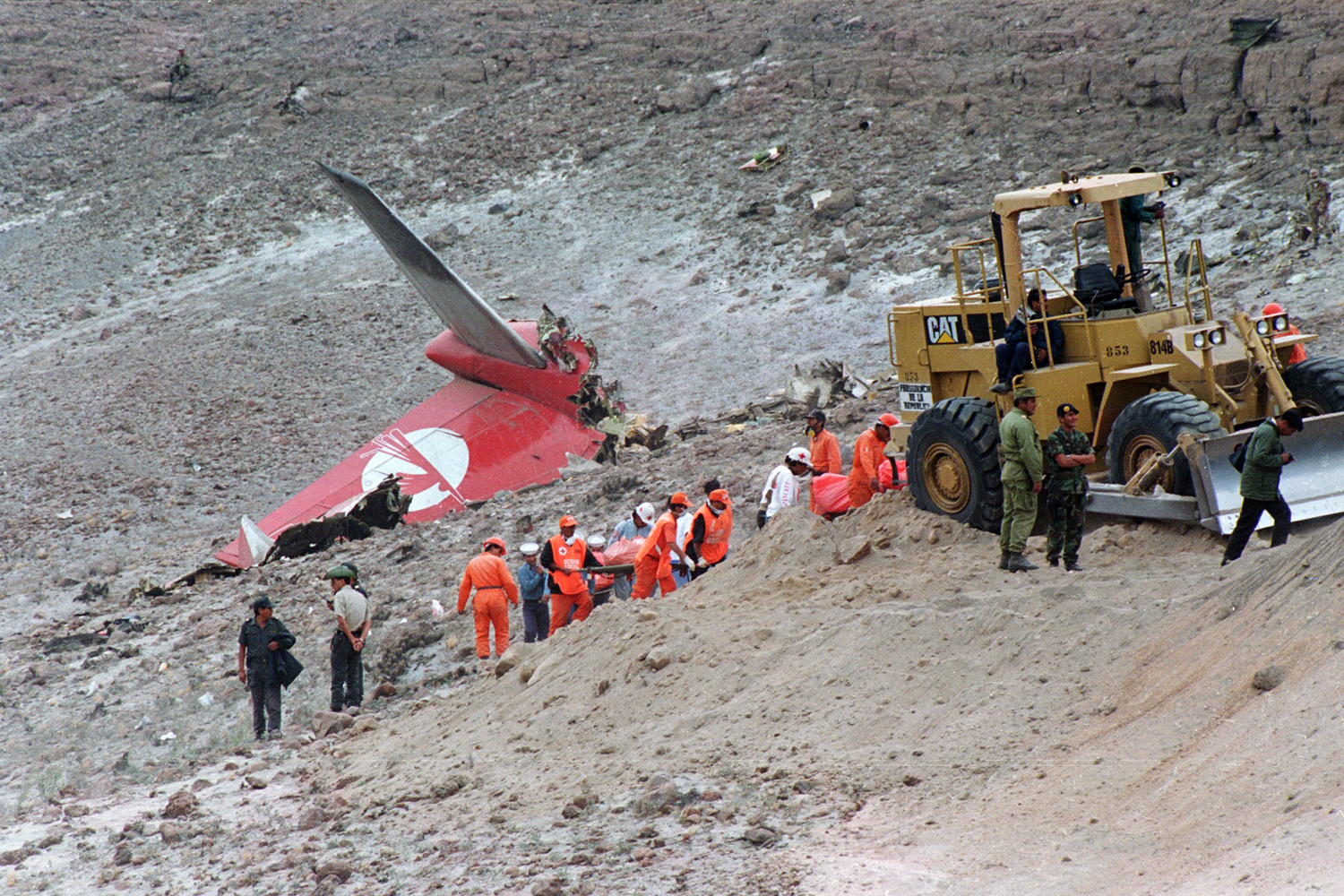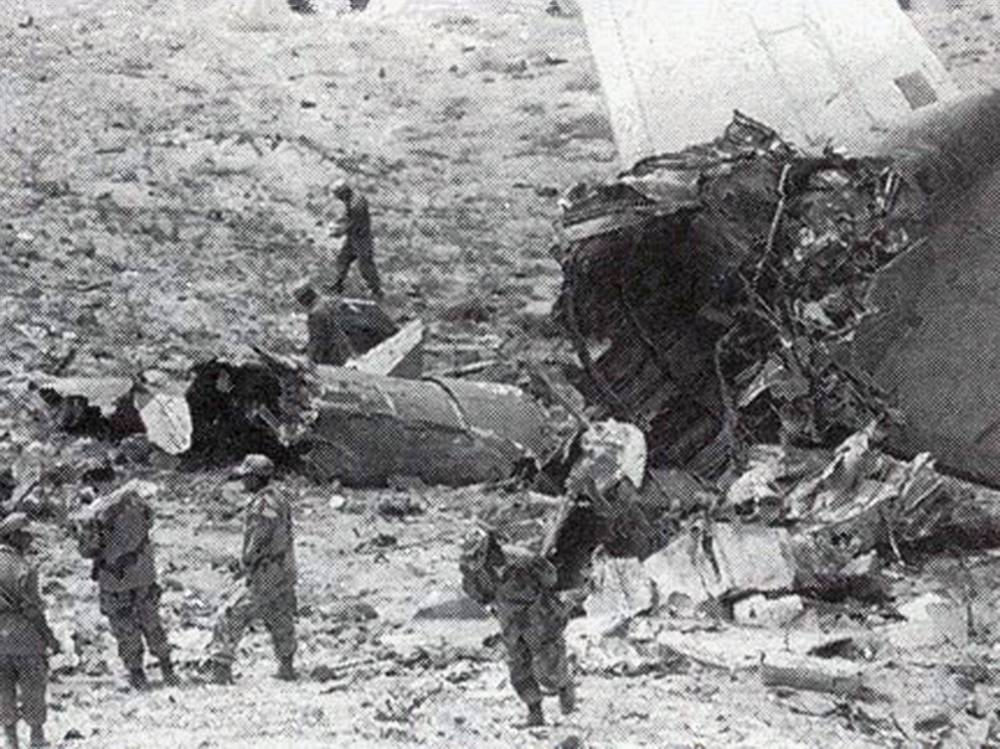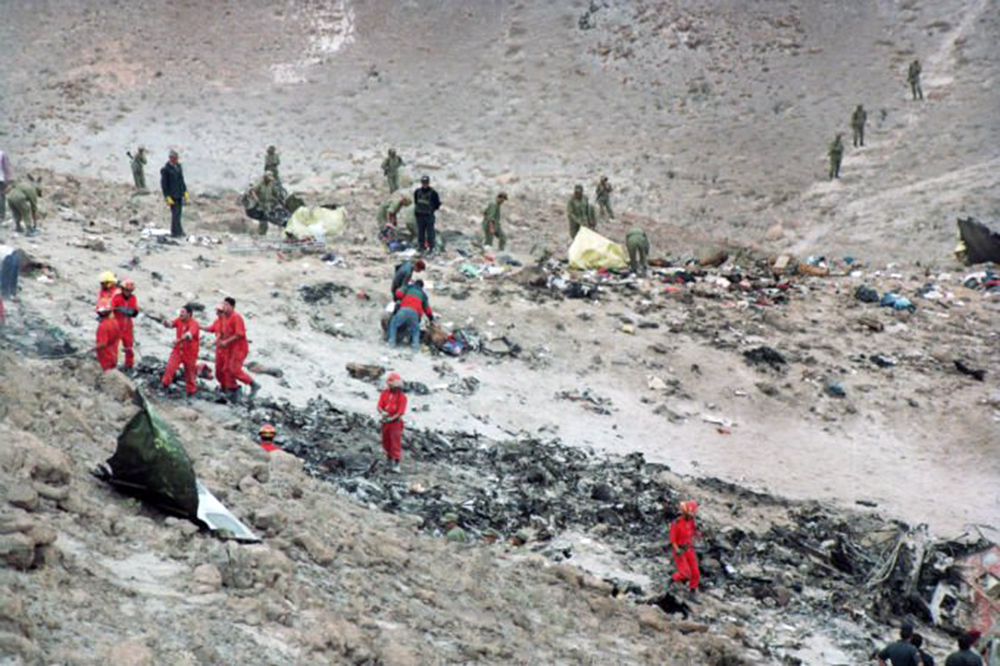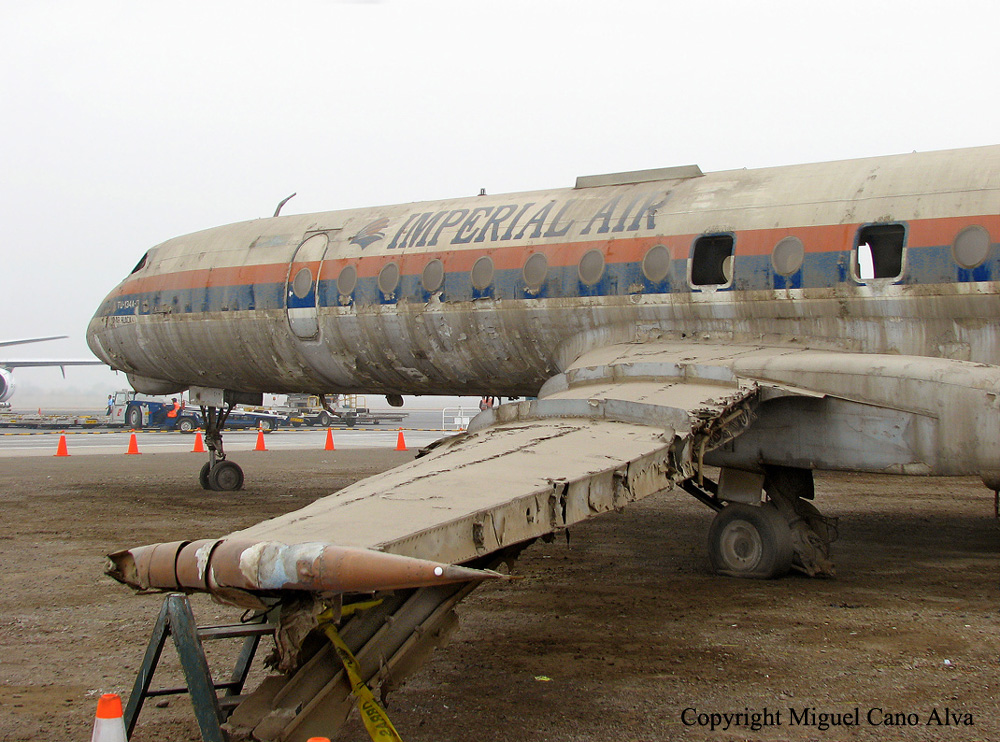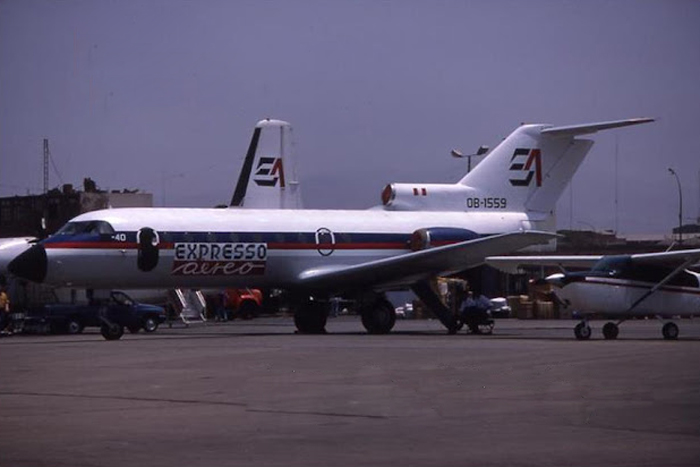Crash of a Beechcraft B200 Super King Air in Lima
Date & Time:
Apr 18, 2005 at 1715 LT
Registration:
OB-1700
Survivors:
Yes
Schedule:
Chagual – Lima
MSN:
BB-214
YOM:
1977
Crew on board:
2
Crew fatalities:
Pax on board:
10
Pax fatalities:
Other fatalities:
Total fatalities:
0
Aircraft flight hours:
23723
Circumstances:
En route from Chagual to Lima, at a distance of of 25 miles from Lima-Callao-Jorge Chávez Airport, the fuel pressure dropped and the left engine stopped. The crew continued the descent to Lima when, on final, the right engine failed as well. Both propellers were feathered and the crew attempted an emergency landing in an open field. The aircraft came to rest 3,5 km from the runway threshold. All 12 occupants escaped uninjured while the aircraft was damaged beyond repair.
Probable cause:
Operation with four consecutive flights made by the same crew to Chagual aerodrome (an aerodrome that demands a high alertness and situational awareness due to difficult topographical conditions), a long and exhausting day flying and working together with the multiple functions performed by the technical crew (dispatcher, payer, loader, cabin crew) probably decreased the performance and capacity of the technical crew and safety. Poor planning on the part of the Operations and Sales Management of the Aero Condor Company Charter, by not providing the NOTAM which showed the lack of JET A1 fuel in Trujillo causing programming, operational and logistic difficulties.
Final Report:

